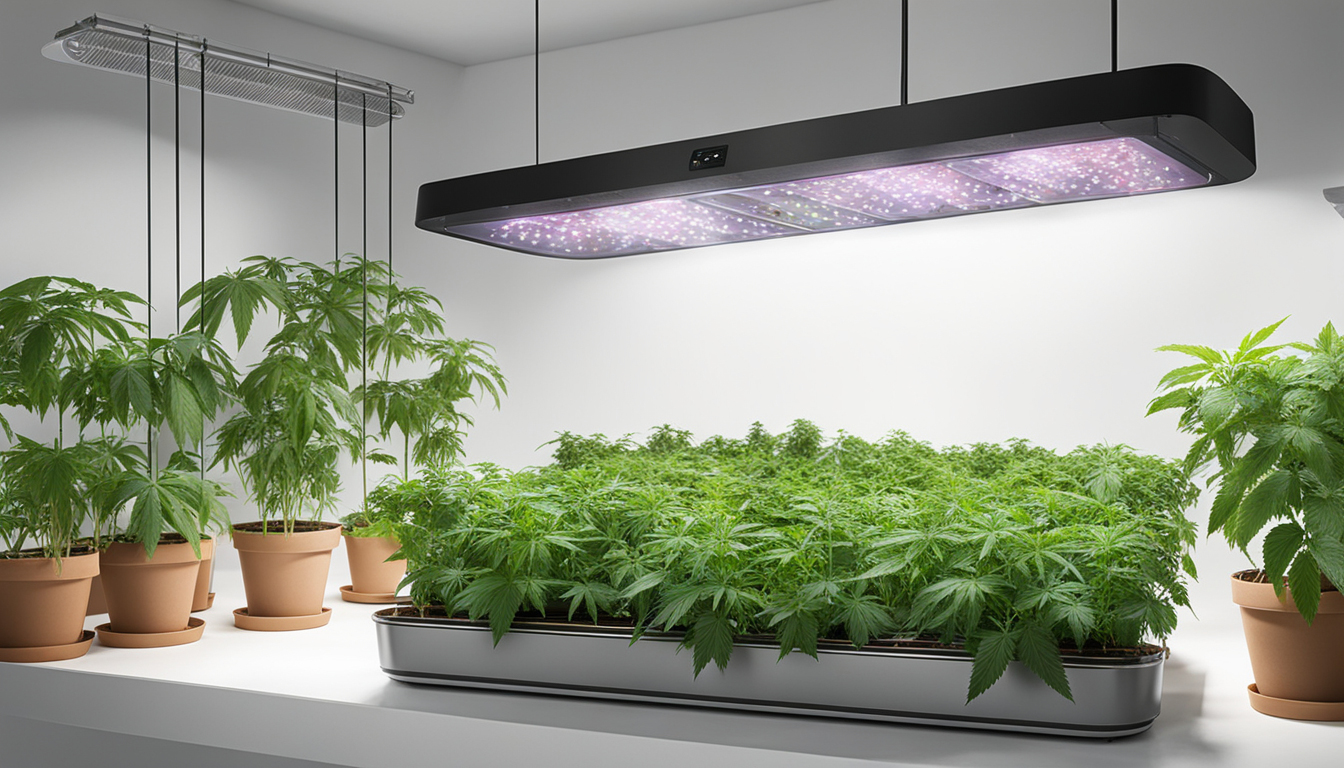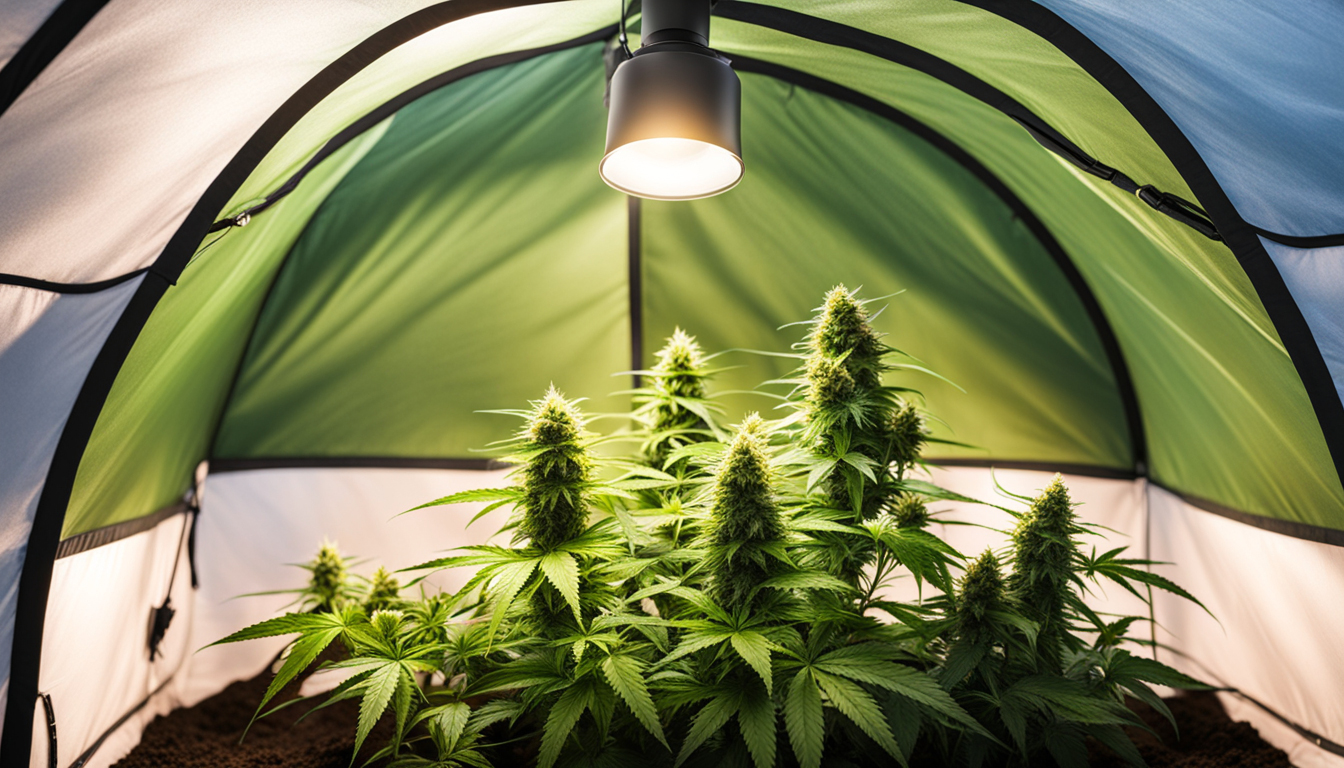Marijuana Cultivation Tutorial

Whether you're just starting out with marijuana growing or looking to improve your existing crop, following this complete guide will help you produce large, high-quality yields right at home. With the right equipment, strategies, and attention, cultivating weed indoors can be an extremely rewarding and cost-effective endeavor.
Choosing Cannabis Varieties
The first step in planning your indoor harvest is selecting the right weed strains to produce. The three main types of pot plants each have their own traits.
Sativas
Known for their energizing mental effects, these strains grow tall and slender with narrow leaves. They thrive in tropical tropical climates and have a longer flowering time between 10-12 weeks indoors. Top energizing strains include Sour Diesel, Durban Poison, and Jack Herer.
Indicas
These strains provide relaxing full-body effects and spread short and bushy with broad leaves. Adapted to colder mountain climates, they flower faster within 8-9 weeks. Popular relaxing strains include Granddaddy Purple, Northern Lights, and Bubba Kush.
Mixed strains
Mixed strains mix traits from both energizing strains and indicas. They offer combined effects and have medium flowering times around 2.25-2.5 months. Well-known mixes are Blue Dream, OG Kush, and Blue Dream.

Setting Up Your Cultivation Space
Weed plants need the right controlled environment to succeed. Key factors for indoor farms are lights, ventilation, layout, and finding the ideal discreet area.
Location
Choose an unused space with direct access to water and power outlets. An empty spare room, large closet, corner of the basement, or cultivation tent tucked away in a garage all make great discreet grow room spots.
Lights
Cannabis requires strong light for all vegetative stages. LED grow lights are energy-efficient and come in broad spectrum options mimicking natural outdoor light. Cover 15-25 watts per sq. ft for the vegetative stage and 400-600 watts per sq. ft. for flowering.
Airflow
Proper ventilation and exhaust systems maintain ideal temp, moisture, and fresh CO2 levels. Set up low-noise 4-6 inch fans or scrubbers to refresh stale air and eliminate odors.
Layout
Optimize your space by positioning plants strategically under the lamps and allowing room to access and work around them. Set up separate zones for growth, bloom, drying, and cloning.

Growing Mediums
Weed can be grown in various substrates, each with benefits and cons. Pick a appropriate option for your particular setup and growing style.
Soil
The classic substrate, soil is inexpensive and simple for new growers. It provides excellent flavor but requires more watering and fertilizing to nourish plants. Amend soil with perlite or coir to enhance aeration.
Coconut coir
Made from coir, renewable coconut fiber holds water but still lets in air to the roots. It's more sterile and more consistent than soil. Use coir-specific fertilizers to prevent calcium buildup.
Hydroponics
In hydro systems, plant roots grow directly in nutrient water solution. This allows rapid growth but needs close monitoring of water chemistry. Deep water culture and drip systems are common techniques.
Germinating Seeds
Germination activates your cannabis seeds to begin growing radicles. This readies them for transplanting into their cultivation medium.
Paper Towel Method
Put seeds between wet paper towel and maintain them damp. Inspect after a week for emerging taproots indicating germination is complete.
Direct Planting
Plant seeds directly into wetted cultivation medium 6mm deep. Gently water and wait 7-14 days until seedlings push through the surface.
Rockwool Cubes
Presoak rockwool cubes in pH-adjusted water. Place seeds 6mm deep into the cubes. Keep cubes wet until sprouts appear within 1-14 days.
Transplanting Seedlings
Once sprouted, cannabis young plants need to be repotted to prevent overcrowding. Move them into appropriately sized containers.
Ready Containers
Load large pots with growing medium amended with time-released fertilizer. Allow containers to absorb water for 8-12 hours before repotting.
Gently repotting
Gently separate seedling roots from germination medium using a spade. Put into prepared container at same depth as before and gently water in.
Growth Stage
The growth stage promotes leafy growth and plant form through 3/4 to full day of daily light intensity. This stage usually lasts 1-2 months.
Providing 18-24 Hours of Lighting
Use lamps on a 24 hour cycle or outdoor light to initiate constant growth. Lamp output influences size and internodal spacing.
Nutrients
Use grow stage nutrients higher in N. Make sure pH stays around 6.5 for full nutrient absorption. Fertilize 25-50% strength after 14 days and strengthen gradually.
LST and topping
Fimming, low stress training, and trellising direct growth shapes for flat canopies. This boosts yields.

Flowering Stage
The blooming stage develops buds as plants reveal their sex under a 12/12 cycle schedule. It lasts 2-3 months depending on variety.
Changing Light Schedule
Change lamps to 12 hours on, 12 hours off or place outdoors for outdoor 12/12 timing. This triggers plants to start flowering.
Flushing
Flushing flushes out nutrient salts to enhance flavor. Fertilize lightly the first weeks then just use pH'd water the last 2 weeks.
Flushing
Continue 12/12 light timing but leach using neutral pH water only. Resume clean watering if buds aren't mature after two weeks.
Reaping
Knowing when marijuana is fully ripe ensures peak cannabinoid content and aroma. Harvest plants at optimal maturity.
Signs of readiness
Check swollen calyxes, faded pistils, and 5-15% amber trichomes. Check buds around the plant as they won't all ripen evenly.
Harvesting plants
Use sterilized, razor-sharp pruning shears to gently slice each plant at the base. Leave 5-10cm of stalk attached.
Drying
Suspend whole plants or branches inverted in a dark room with average temp and RH around 50-60% for 7-14 days.
Aging
Aging continues drying while improving the buds like fine wine. This process mellows bitterness and further develops cannabinoid contents.
Curing containers
Trim dried buds from branches and store into glass jars, filling about 75% capacity. Use a sensor to measure jar humidity.
Opening jars daily
Unseal jars for a short time each day to slowly lower humidity. Rehydrate buds if RH drops below 55%.
Final Cure
After 2-3 weeks when moisture levels off around 55-60%, perform a final trim and keep forever in airtight jars.
Common Problems and Solutions
Even experienced growers run into different marijuana plant problems. Detect issues early and address them properly to keep a vibrant garden.
Poor feeding
Yellowing leaves often indicate insufficient nitrogen. Purpling stems and leaves show low phosphorus. Check pH and increase nutrients gradually.
Pests
Thrips, aphids, fungus gnats, mites, and nematodes are frequent pot pests. Use neem oil sprays, ladybugs, and sticky traps for natural control.
Mold
High humidity encourages botrytis and root rot. Increase circulation and venting while reducing RH under 50% during bloom.

Summary
With this complete indoor pot growing guide, you now have the info to grow plentiful potent buds for personal grows. Apply these techniques and techniques during the seed starting, vegetative, and flowering stages. Spend in good gear and carefully monitor your plants. In time, Find Out More you'll be rewarded with sticky fragrant buds you grew yourself under the loving care of your green hands. Good luck cultivating!